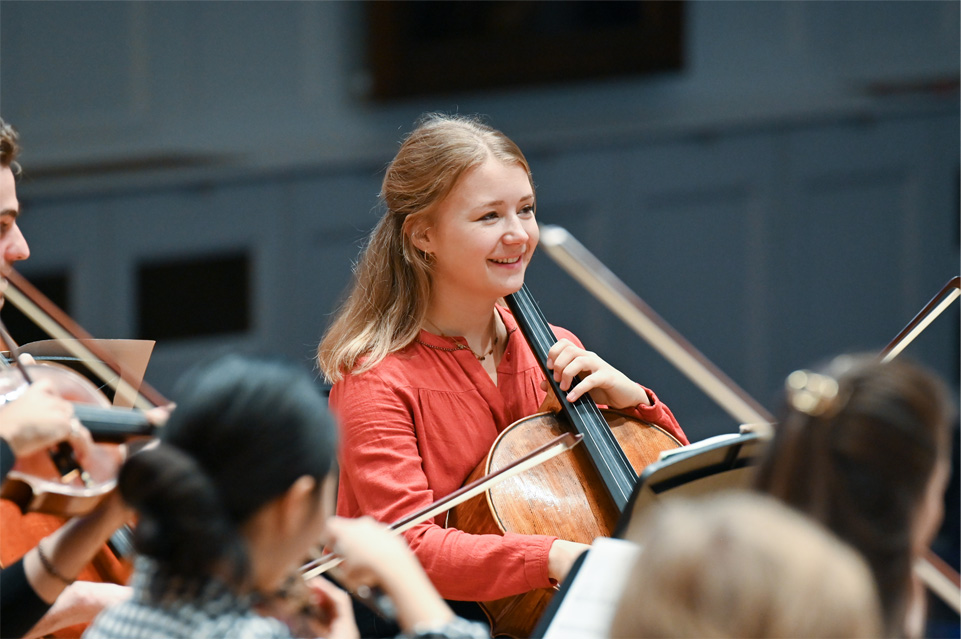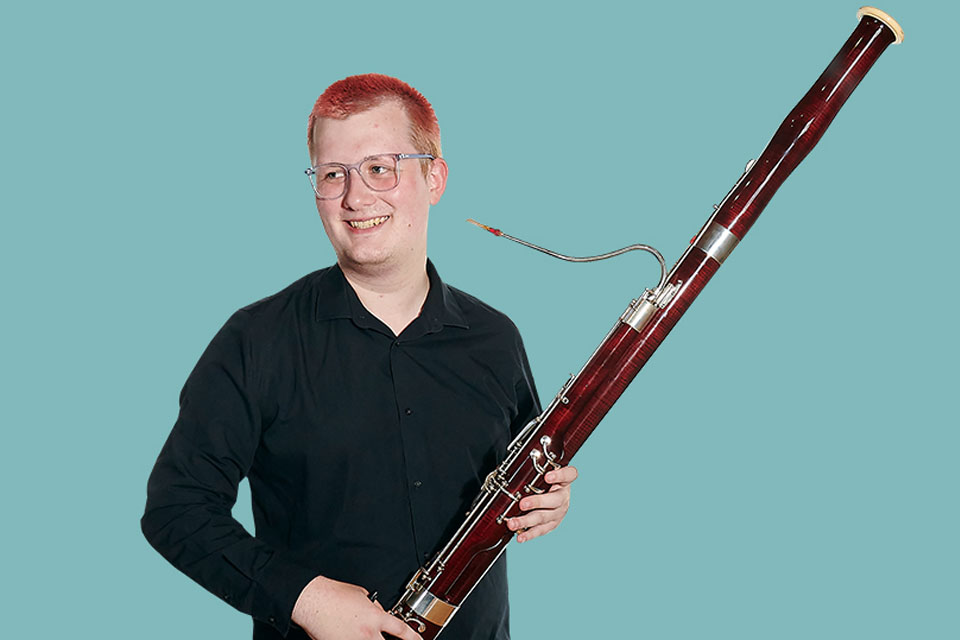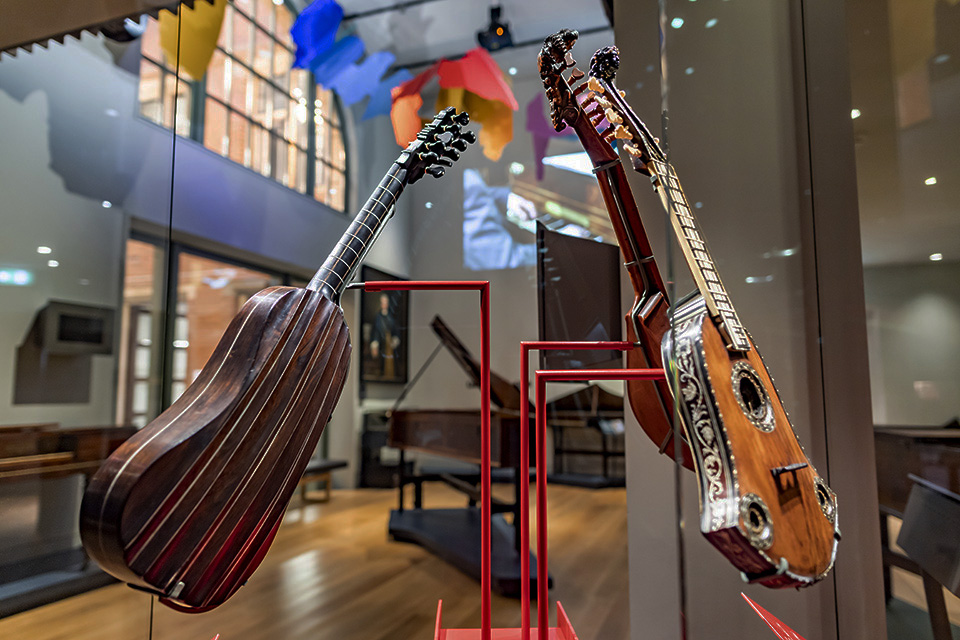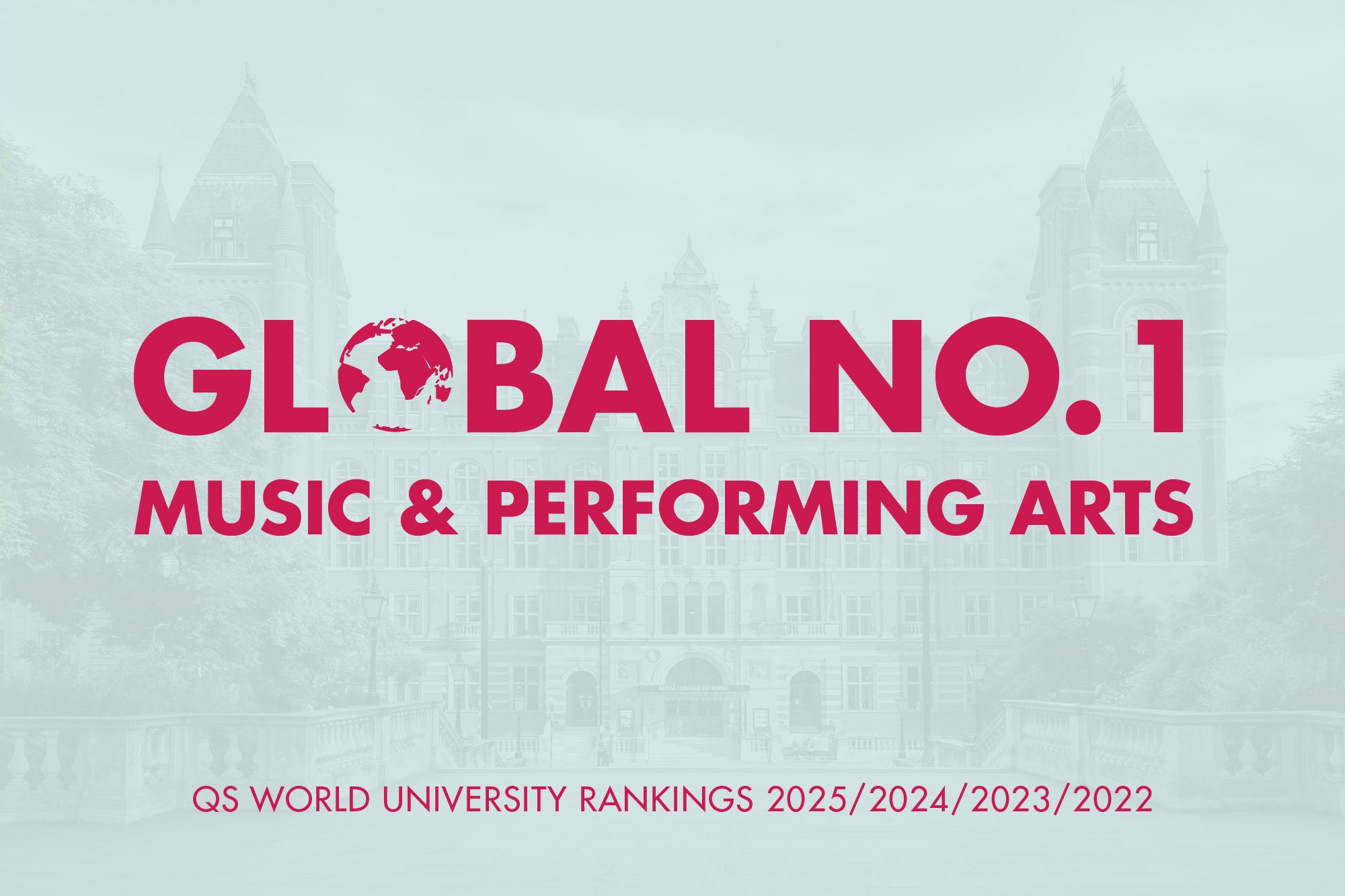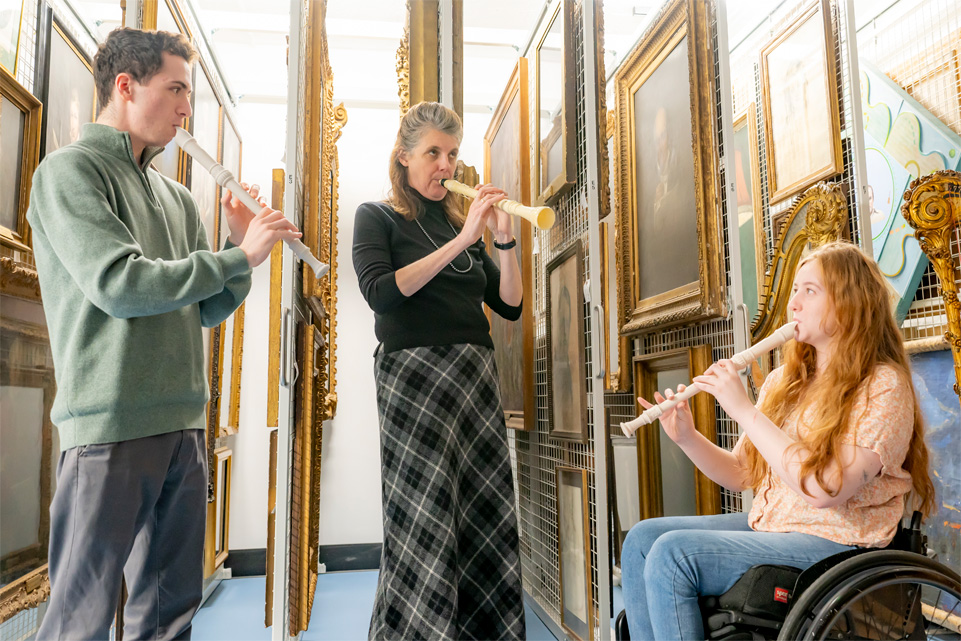This project explores the most recent developments in 3D modelling and printing technologies to create accurate copies of historical musical instruments for advanced and professional musicians.
The instruments, all chosen from the collection of the Royal College of Music Museum, include five ivory instruments – particularly fragile due to the specific characteristics of the material – (two alto recorders by Jacob Denner and Paul Villars, an early clarinet by George Heinrich Scherer, a flute by Ignaz Scherer and a renaissance cornett) as well as two boxwood ones – an oboe by Jacob Grundman and a recorder by Johann. W. Oberlender.
The first part of the study has been generously supported by a grant from the DCMS/Wolfson Museum and Galleries Improvement Fund which enabled the micro-CT scanning of the instruments, their digital restoration and prints using a variety of materials and techniques.
The copies are then tested to compare their physical and acoustical characteristics with the originals and musicians’ and audiences’ responses are analysed, in order to reach a fuller understanding of the potential of this technique to support early music performance and the preservation and dissemination of historical musical instruments.
The project is led by Prof. Gabriele Rossi Rognoni, Chair of Music and Material Culture and Curator of the Royal College of Music Museum, in partnership with Prof. Gabriele Ricchiardi (University of Turin) as part of the research activities of the RCM-Wolfson Centre in Music and Material Culture. CT scans of the instruments were undertaken at the Micro-CT laboratory of the Natural History Museum by Brett Clark (Micro-CT Scanning Specialist) and the post-production of the digital models, including digital restoration, was delivered by Federico Xiccato e Francesca Tansella. Instruments’ set up – where necessary – was undertaken by Robert Bigio.
3D Printing and Musical Heritage Online Conference
The results of the first phase of the project were discussed at an international conference on 18 March 2024. Representatives of the major projects in this area joined makers and performers in discussing the opportunities offered by this fast-expanding technique, as well as its current challenges.
Watch the full conference on YouTube
Links to individual conference presentations
- Colin Lawson (Royal College of Music, London): Introduction
- Gabriele Rossi Rognoni, Gabriele Ricchiardi, Federico Xiccato (Royal College of Music, London / University of Turin): 3D Printing for Musicians at the Royal College of Music Museum
- Jean-Philippe Échard (Musée de la Musique, Paris): Thinking the Musical Instrument in 3D over Time at the Musée de la Musique, Paris
- Áurea Domínguez (Hochschule für Musik Basel / Fachhochschule Nordwestschweiz): Digitally Manufacturing Fagottini at the Schola Cantorum Basiliensis: Reconstructing Historical Instruments according to Contemporary Requirements
- Claudia Fritz (LAM, Institut Jean le Rond d'Alembert, Sorbonne Université / CNRS, Paris): Perspectives of 3D Printing for Historically Informed Playing: The Case of Jacques Martin Hotteterre's E.999.6.1 Traverso from the Musée de la Musique Collection
- Jonathan Santa Maria Bouquet (University of Edinburgh) and Zexuan Qiao (Queen’s University Belfast): New Parts to Play Old Instruments
- Ricardo Simian (Oslo School of Architecture and Design AHO): Complexity and Craftiness in 3D Printed Musical Instruments
- Zexuan Qiao (Queen’s University Belfast): Integrating Measurement and Additive Manufacturing Techniques for Reconstruction of Historical Border Pipes
- Heike Fricke (Musikinstrumentenmuseum der Universität Leipzig ): Multimodal Research Data: Sustainability, Subsequent Use, and Engagement
- Brett Clark (Natural History Museum, London): Micro-CT's Melody in Preserving and Replicating Musical Treasures
- Simon Waters (Queen's University Belfast / Orpheus Instituut Gent): Modelling: Imaginative Descriptions of Real Things
- Jamie Savan (Royal Birmingham Conservatoire, Birmingham City University): The 3D-Printed Cornett: Reflections on a Decade of Experimentation and Performance
- Jay Loomis (Brown University, Providence, Rhode Island): 3D Printing Functioning Replicas of Indigenous Wind Instruments in Museum Collections: Ethical and Technical Considerations
- Robert Bigio: On the Interpretation of Measurements
- Peter Worrell: From Design to Production 3
- Bálint Szabó (Moholy-Nagi University of Art and Design, Budapest): Creating Innovative Instruments through 3D Printing
- Dominik Ukolov (Leipzig University): Multimodal Virtual Enhancement of 3D Printed Musical Instruments
- Timothy Southon, Nicholas Southon: Portable Photogrammetry of Violins
- Gonçalo Cruz (Sibelius Academy, Helsinki): From Object to Project, From Project to Object
- Jun Kai Pow (Uppsala University): Prototype of an Indonesian Bamboo Instrument


